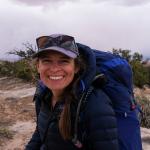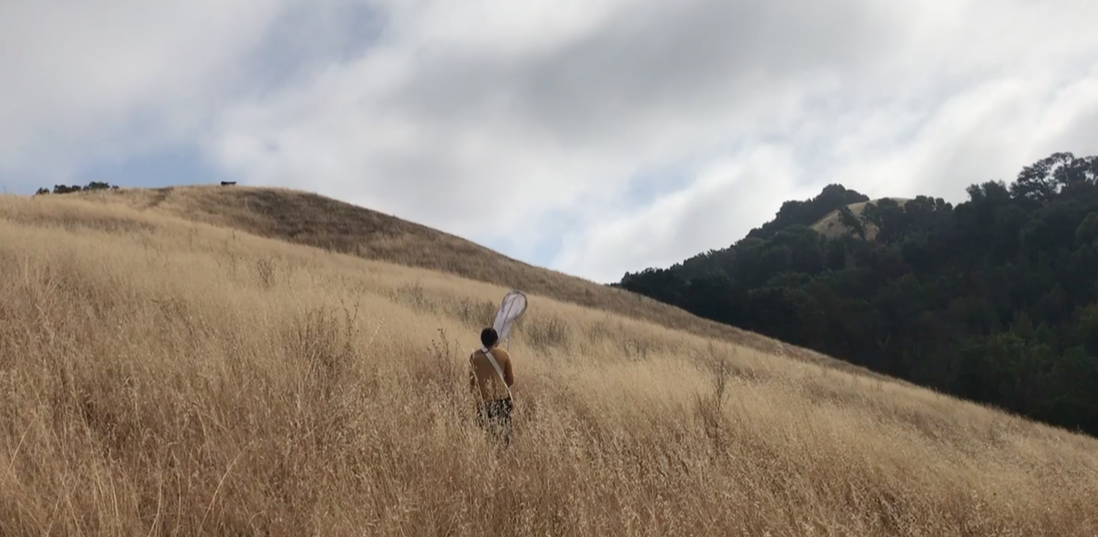
Like many others, my introduction to the world of native bees began with their nonnative relative, the European honey bee (Apis mellifera). Four hives were neatly arranged on the patch of grass between my bedroom window and the Asian pear tree that failed to produce fruit throughout my childhood despite a private brigade of pollinators. From observing my bee-suited parents tend to our flying friends from the safe confines of a backpacking tent set up in our yard to watching for swarms in the trees around our home, bees became a part of my daily life. Since then my interest has migrated from honey bees to native bees, a subset of fauna that I find myself focusing most of my professional time on as the new coordinator of Bee City USA, an initiative of the Xerces Society.
This account of my journey to native bee conservation is of course a simplified one, skipping over many twists and turns in my interests and engagements, a bachelor’s degree in Biology and Environmental Studies from Whitman College with a focus on the link between silviculture and songbirds in Oregon’s Coast Range forests, and more recently a master’s degree in Ecology, Evolution, and Conservation Biology from San Francisco State University.
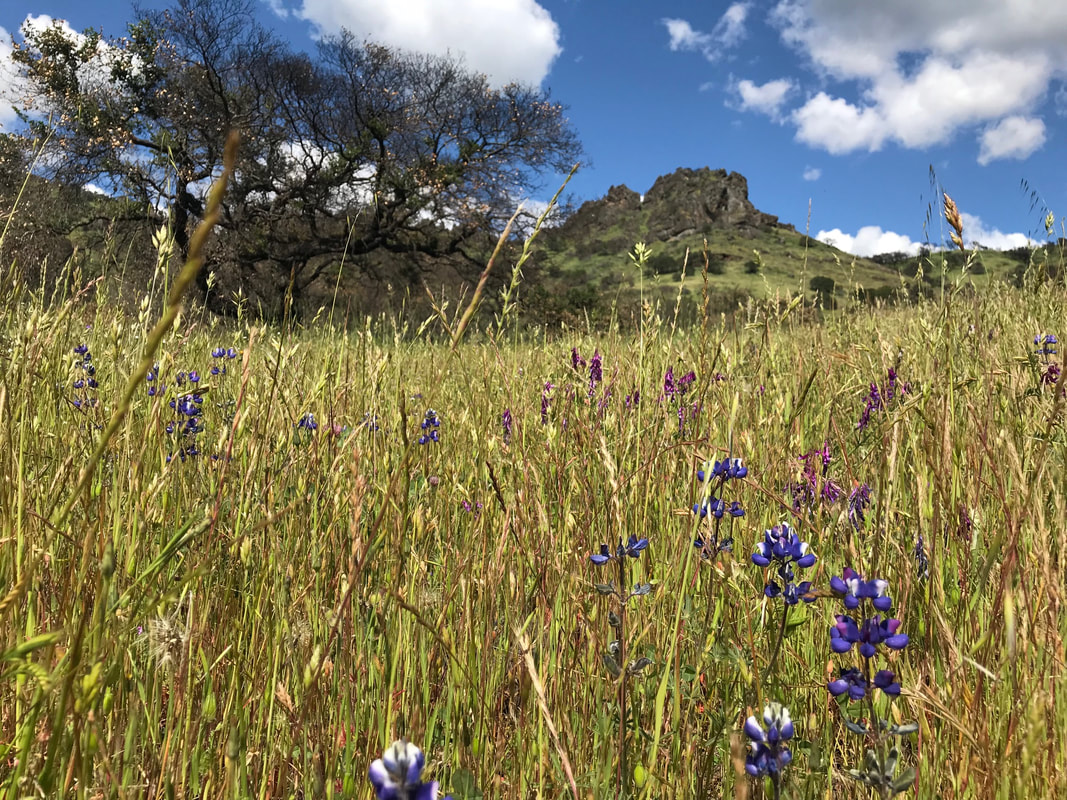 |
At San Francisco State University, where I was part of Dr. Gretchen LeBuhn’s lab, I researched the ways in which wildfire changes the interactions between pollinators and plants. I also looked at whether certain characteristics of plant and pollinator communities predict how resilient those communities will be following a disturbance like wildfire.
|
|
Bees pollinate nearly 85% of flowering plants and 67% of agricultural crops, provide essential ecosystem services in most biomes, and have an estimated global economic value of over $150 billion. Bees all over are suffering from changes in their environment. In California, for example, the state’s more than 1,500 bee species are severely declining in population size and range, driven in large part by anthropogenic landscape change.
|
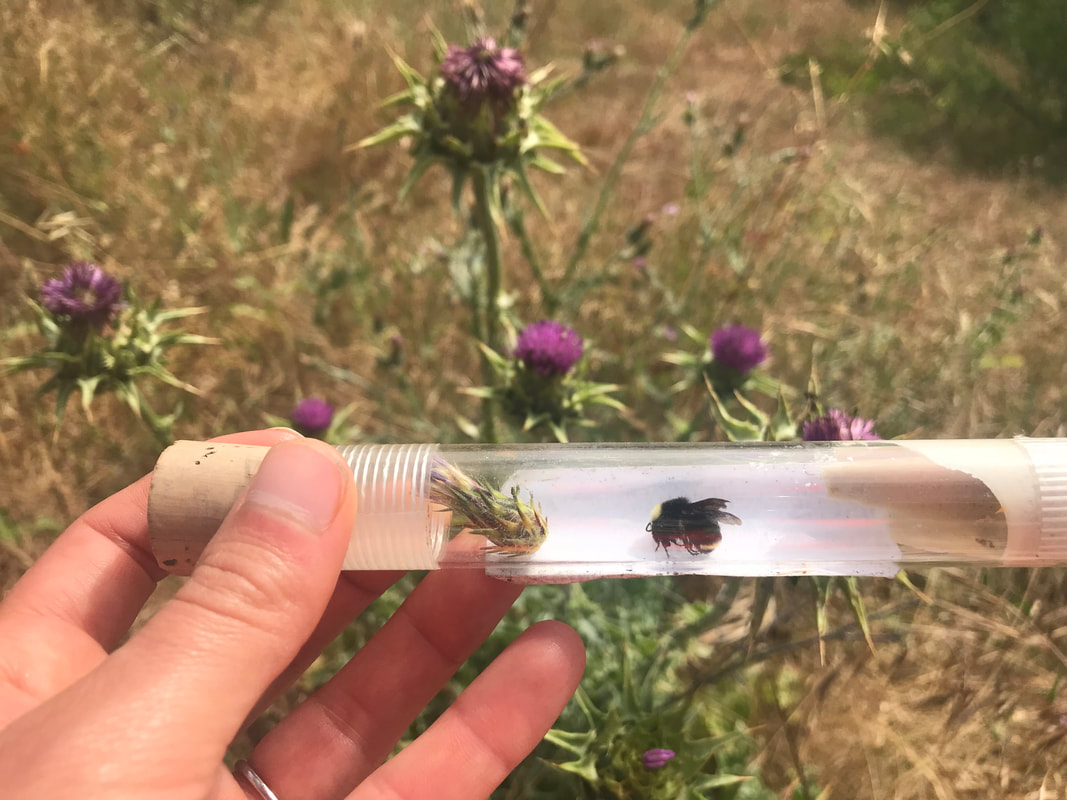 |
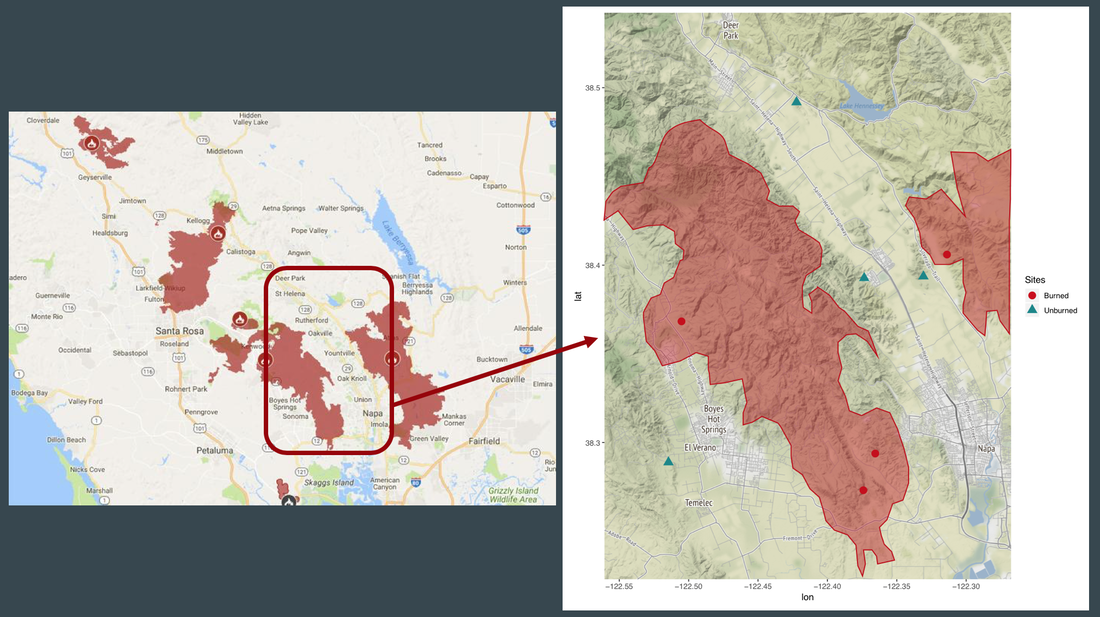
|
During the spring and summer of 2018, with the help of dedicated volunteers and lab technicians, I resampled these sites, recording and identifying bees and flowering plants. I found that the bee abundance (number of individual bees) and species richness (number of different species) strongly predicted a community’s resilience to fire while the structure of the interactions between plants and pollinators (network structure) was less relevant.
|
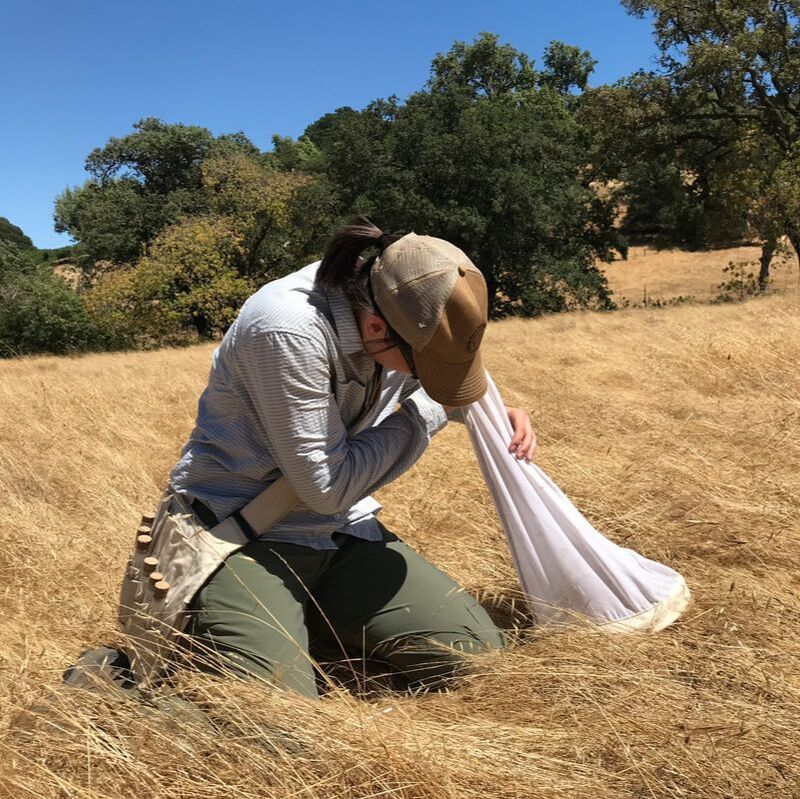 |
 |
This means that in order to prepare plant–pollinator communities to be most resilient to future disturbance we should focus on increasing the abundance and species richness of both plants and pollinators.
I also looked at overall trends in the bee communities at sites over time and found substantial declines in bee abundance and species richness. I also found an overall decline in abundance of native plants and increase in non-native, invasive plants. These findings highlight the urgency of supporting wild bee communities so that ecological communities will be more resilient to future disturbances. |
Joining the Xerces’ staff as the Bee City USA Coordinator has provided me with an opportunity to integrate my interest in scientific research with my excitement to work with individuals and communities to conserve pollinators. I look forward to working with our existing affiliates and continuing to expand the Bee City USA program to support pollinator conservation across the country.
